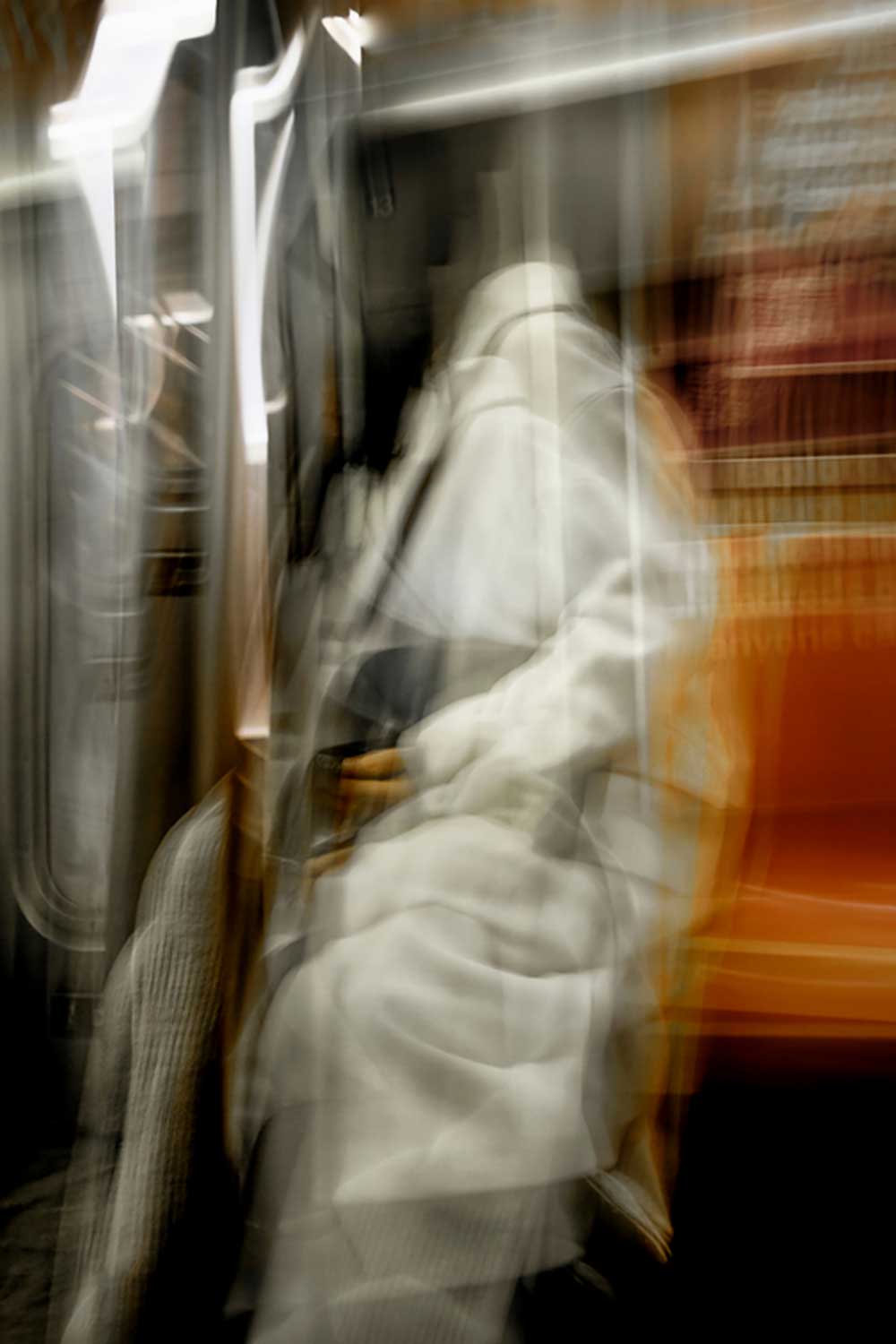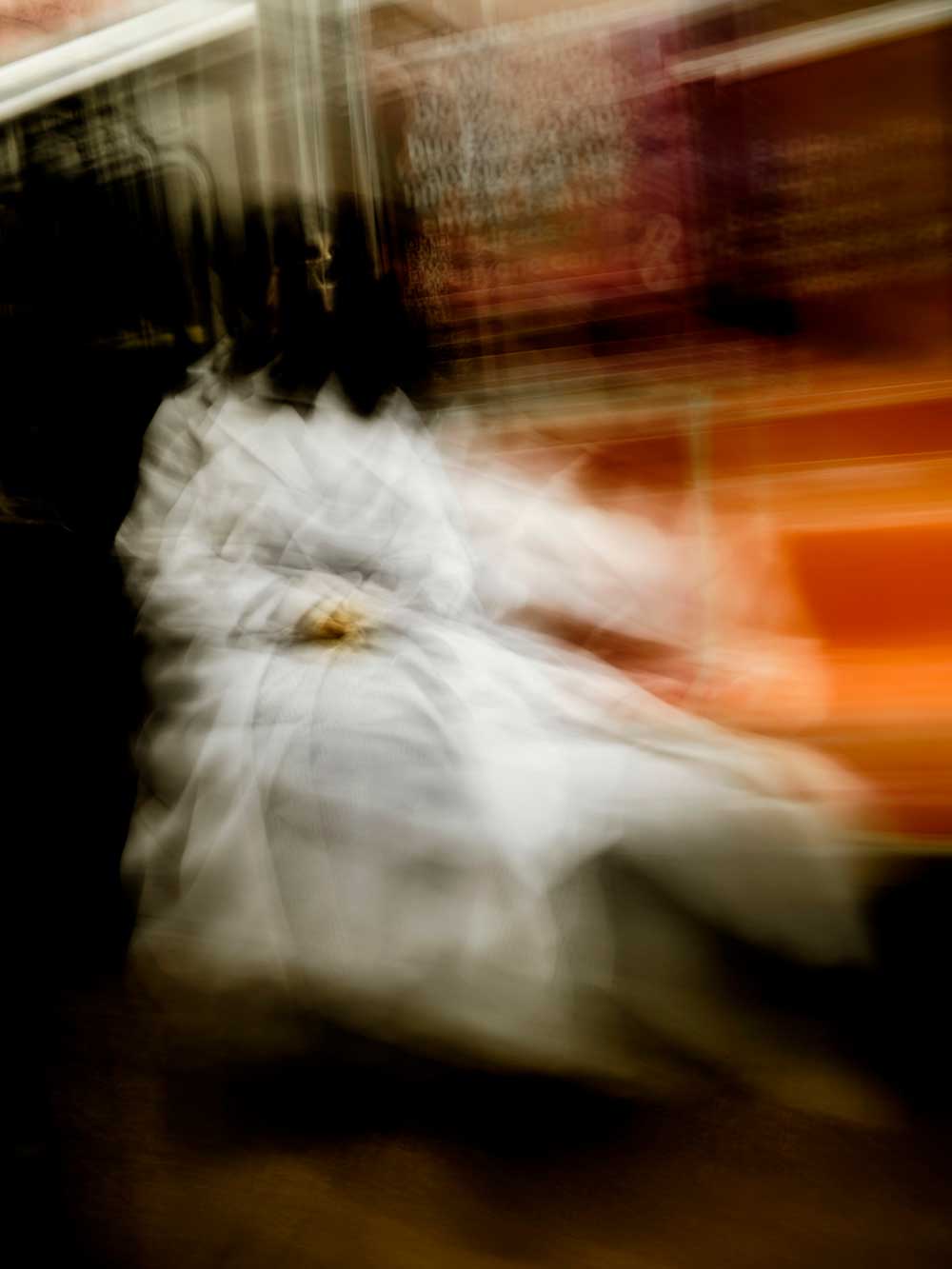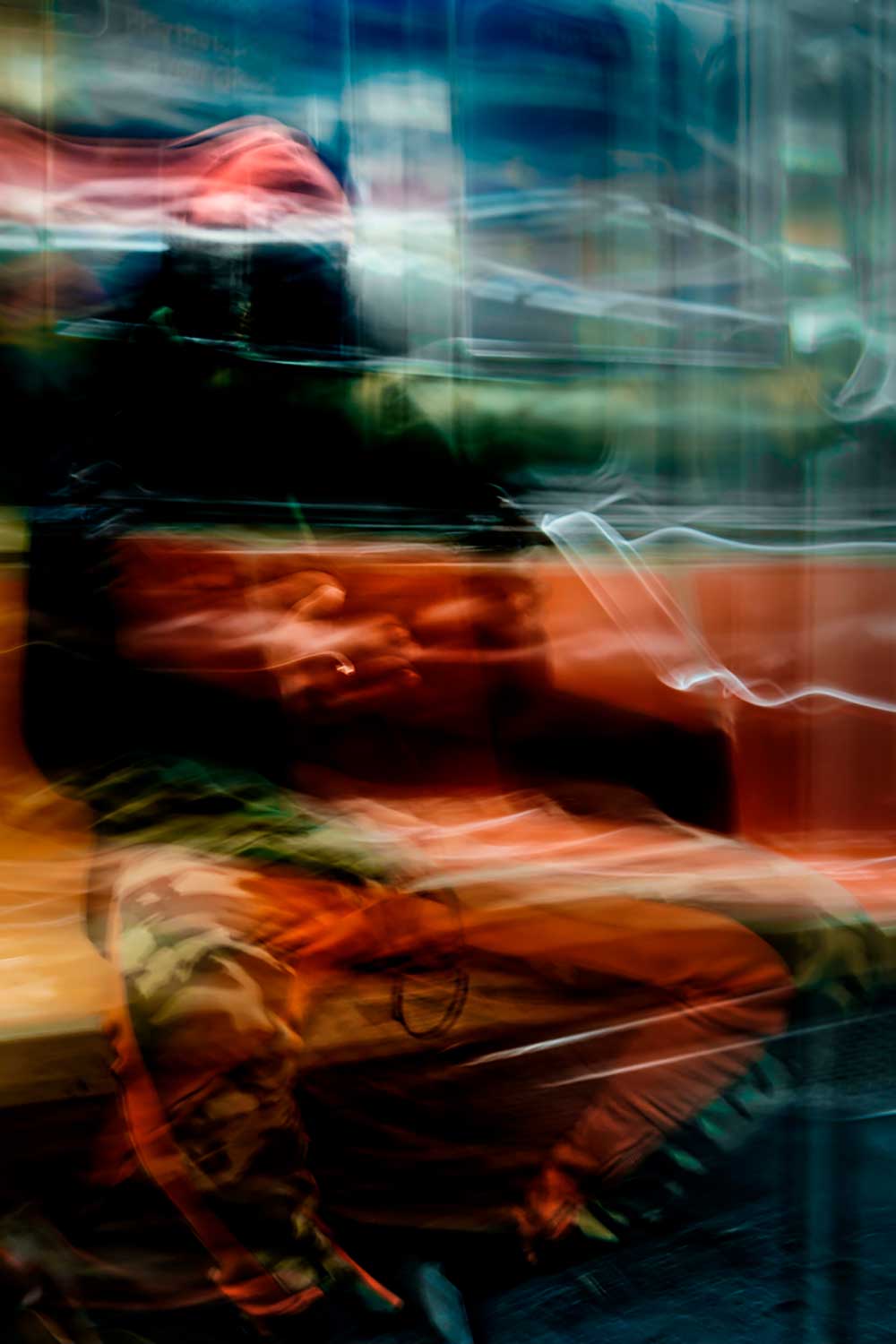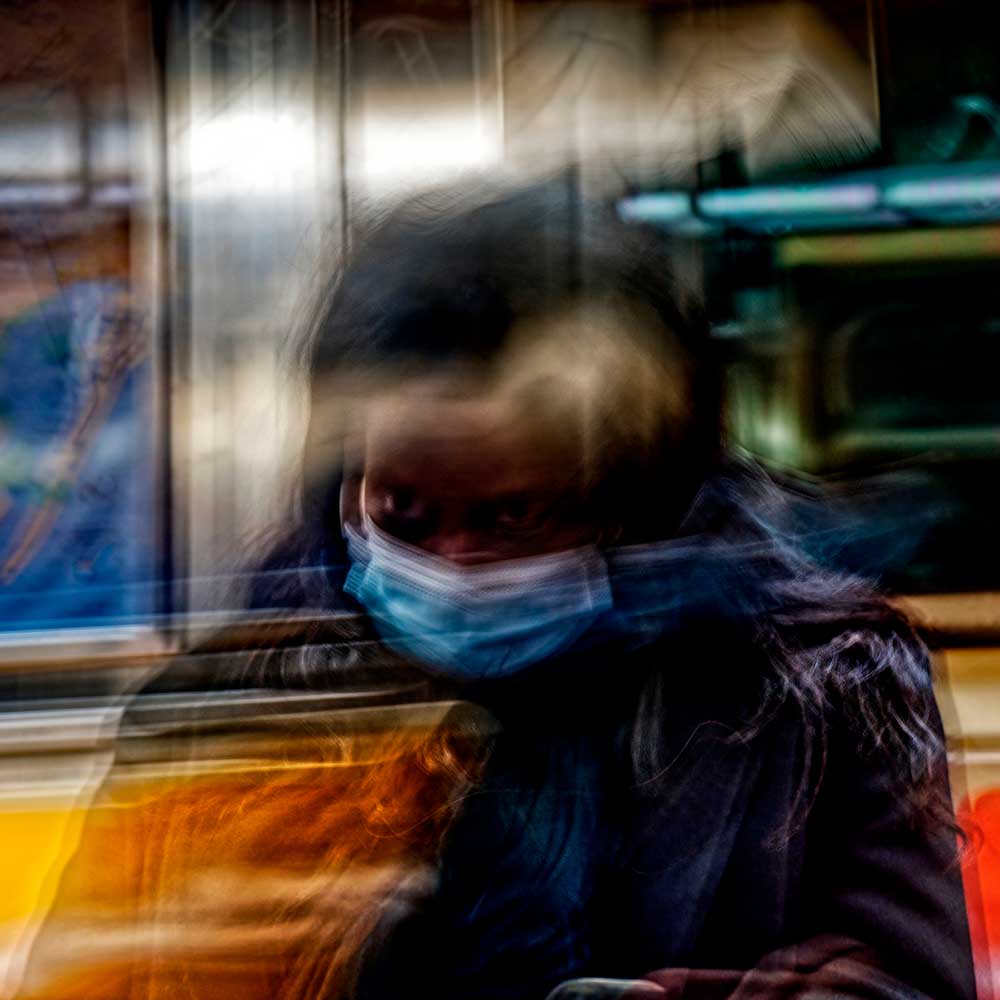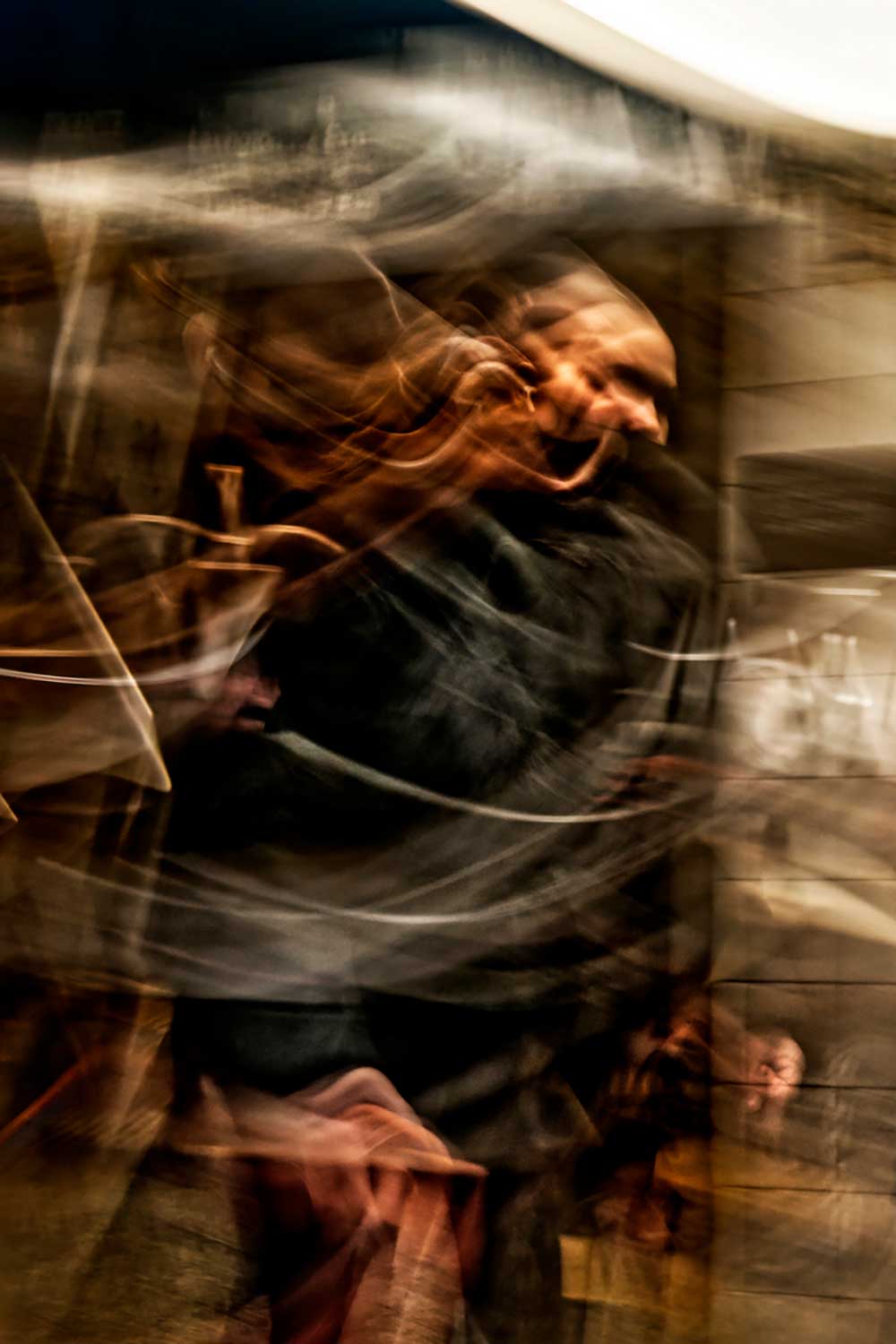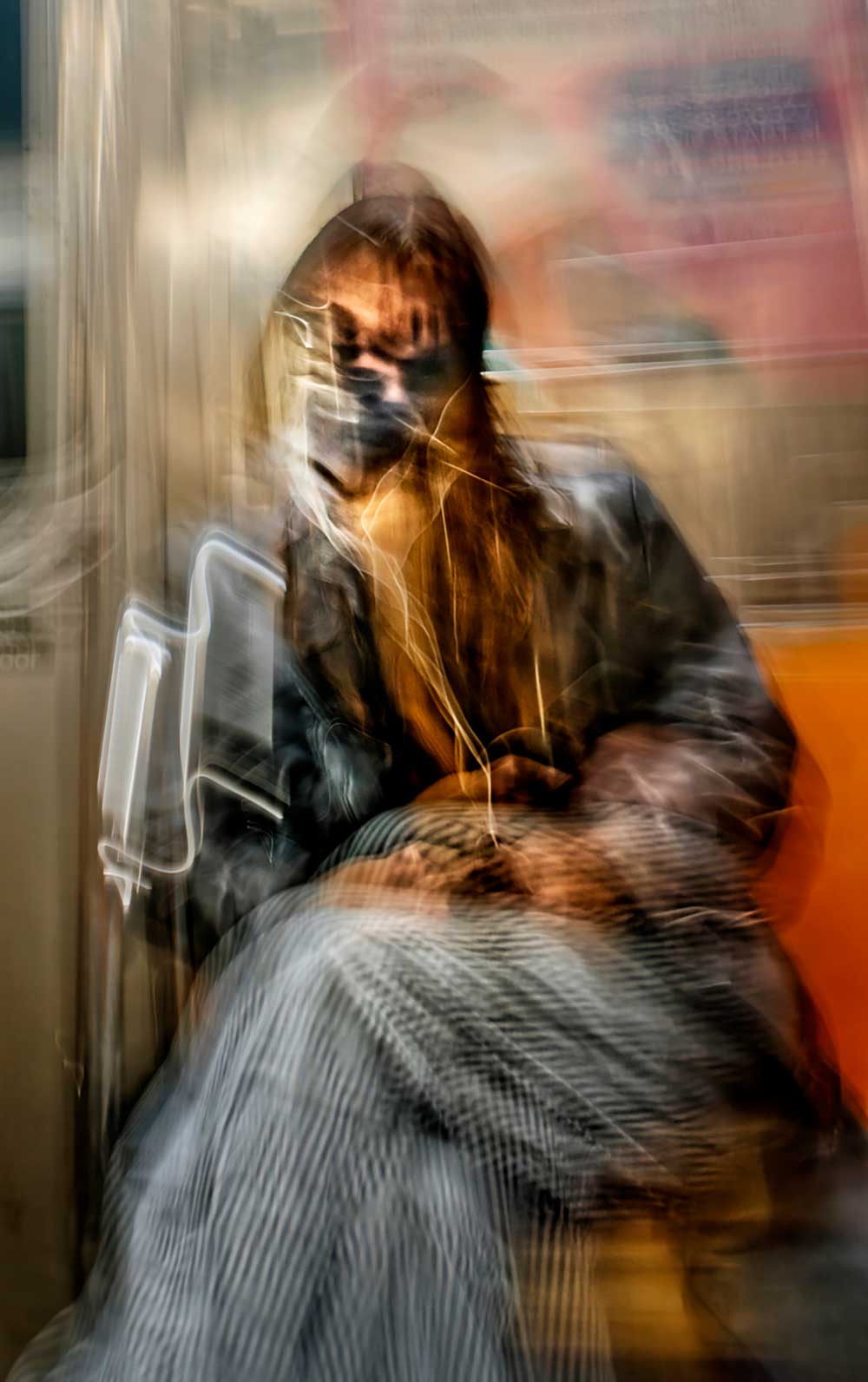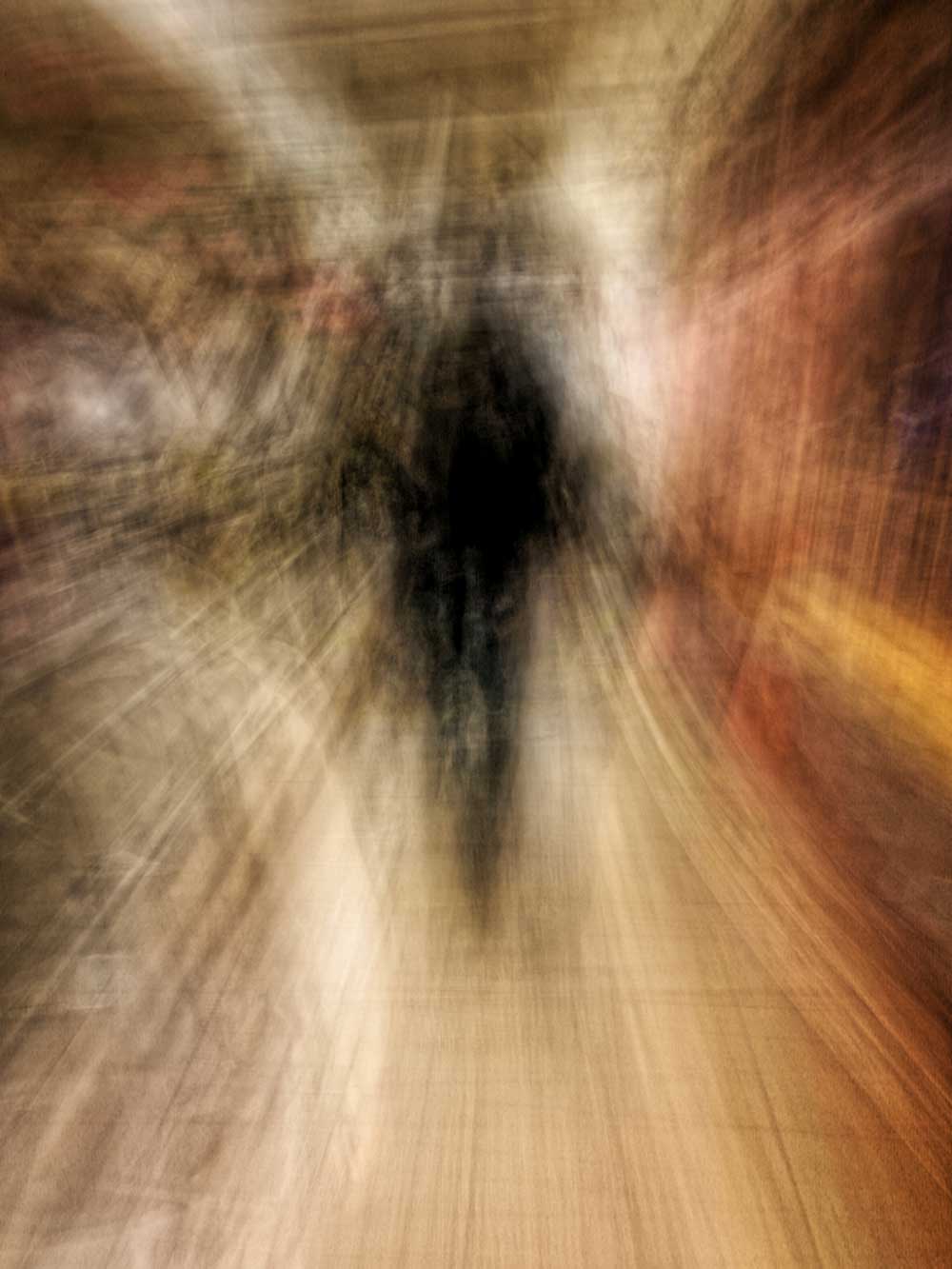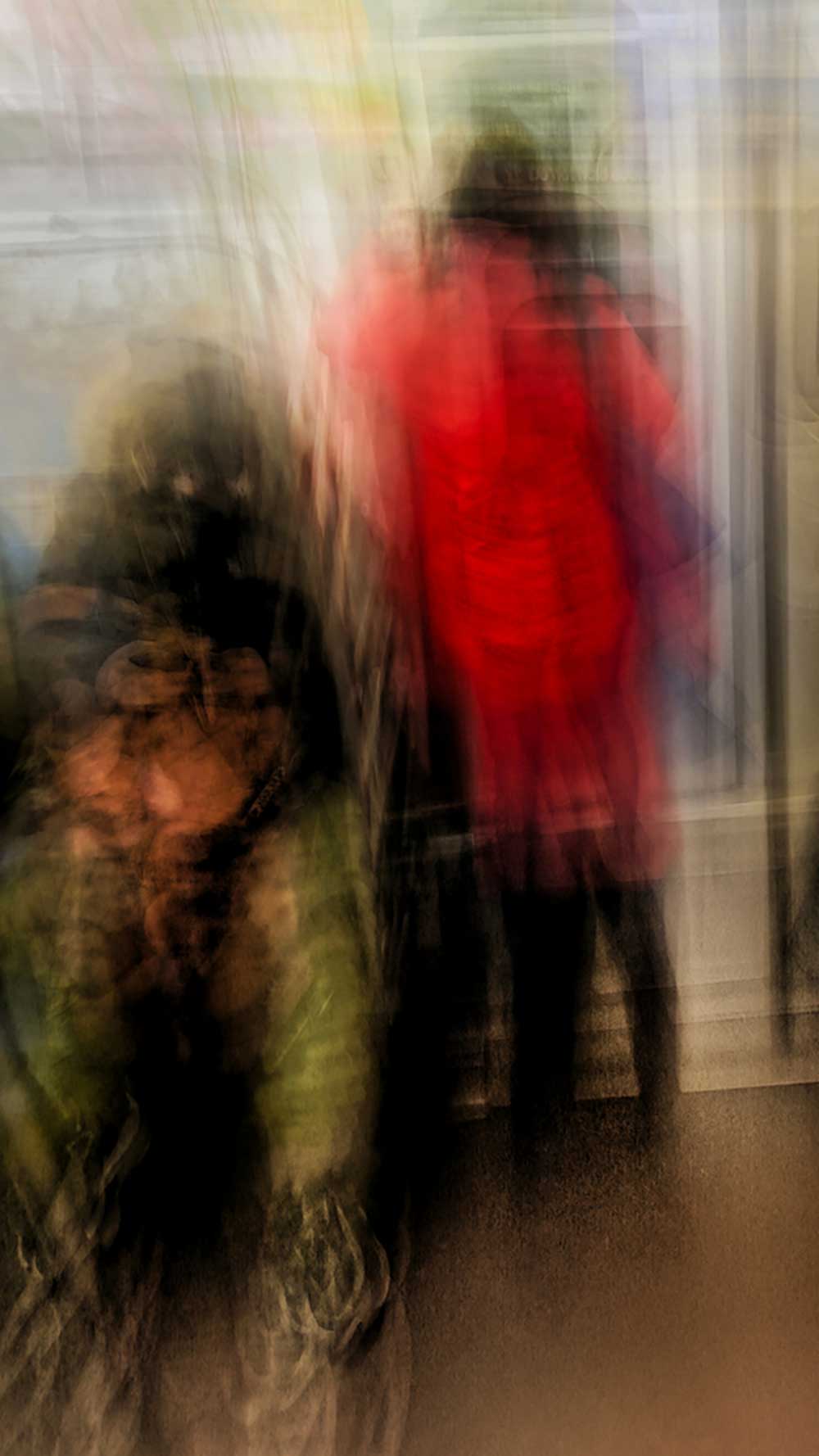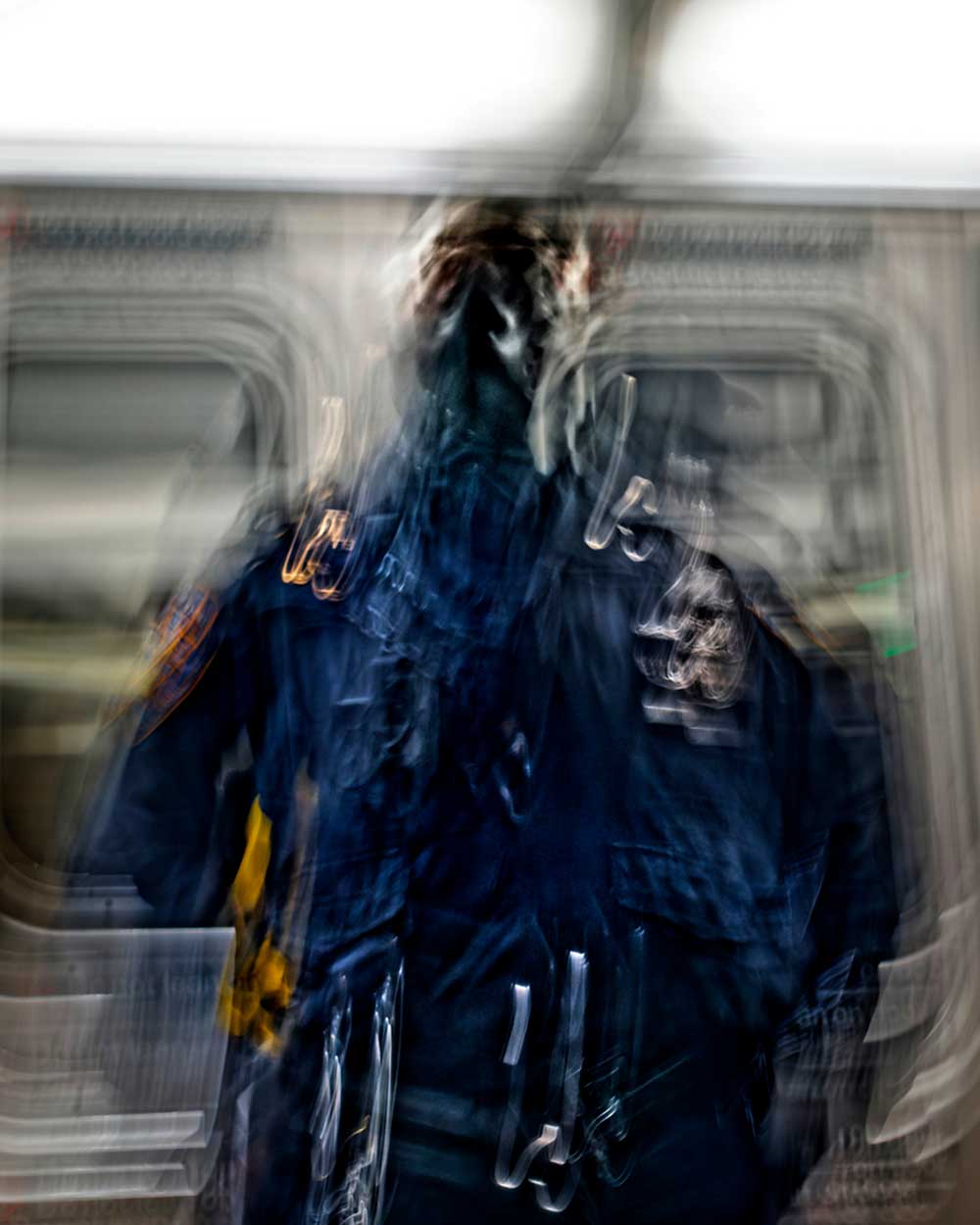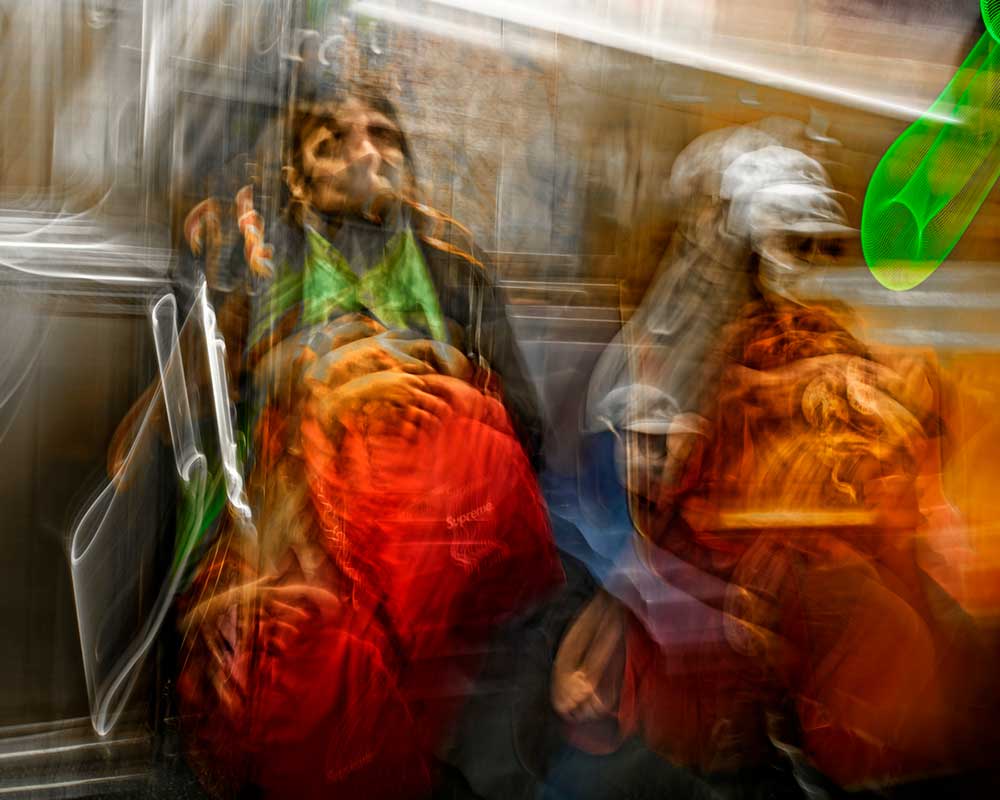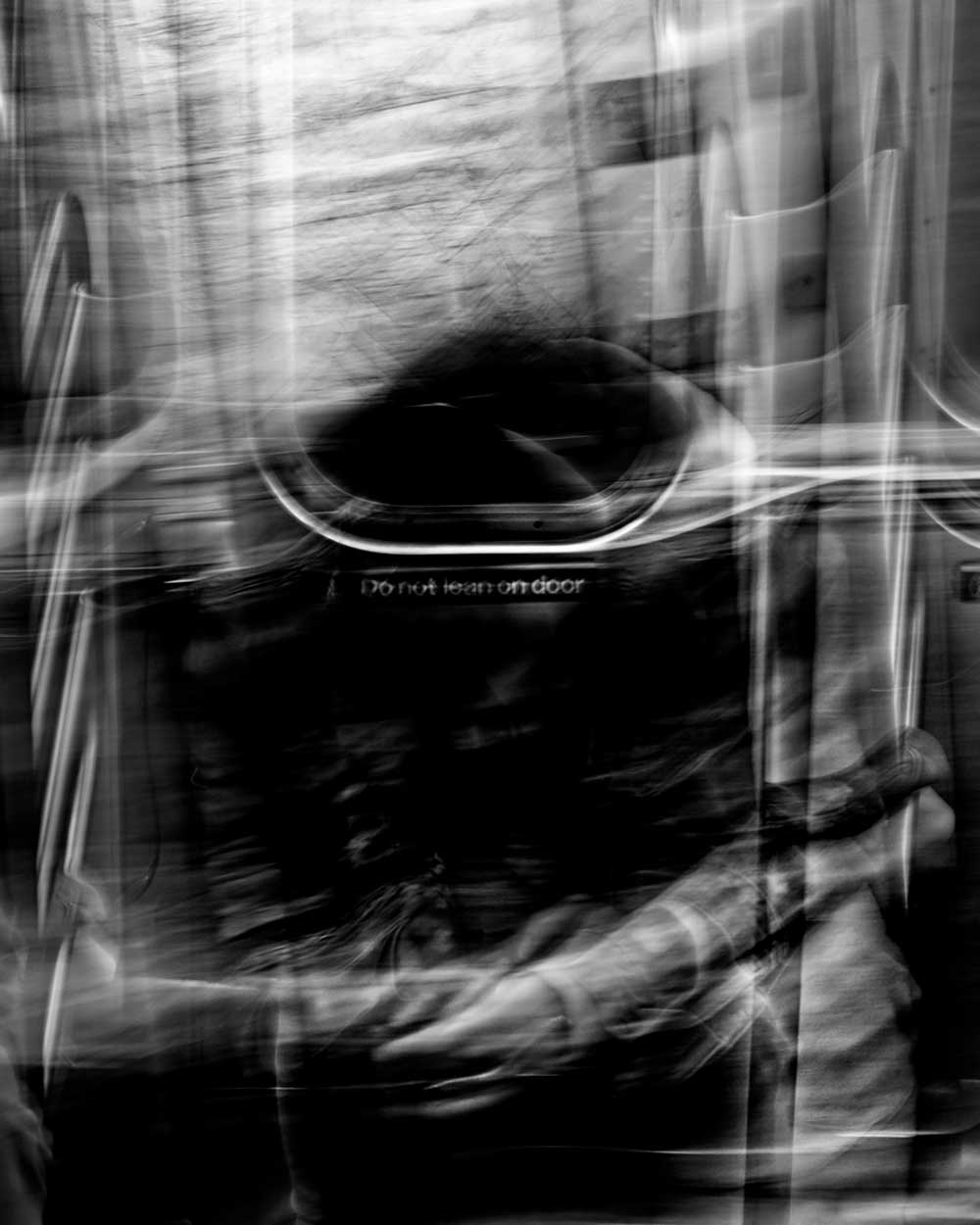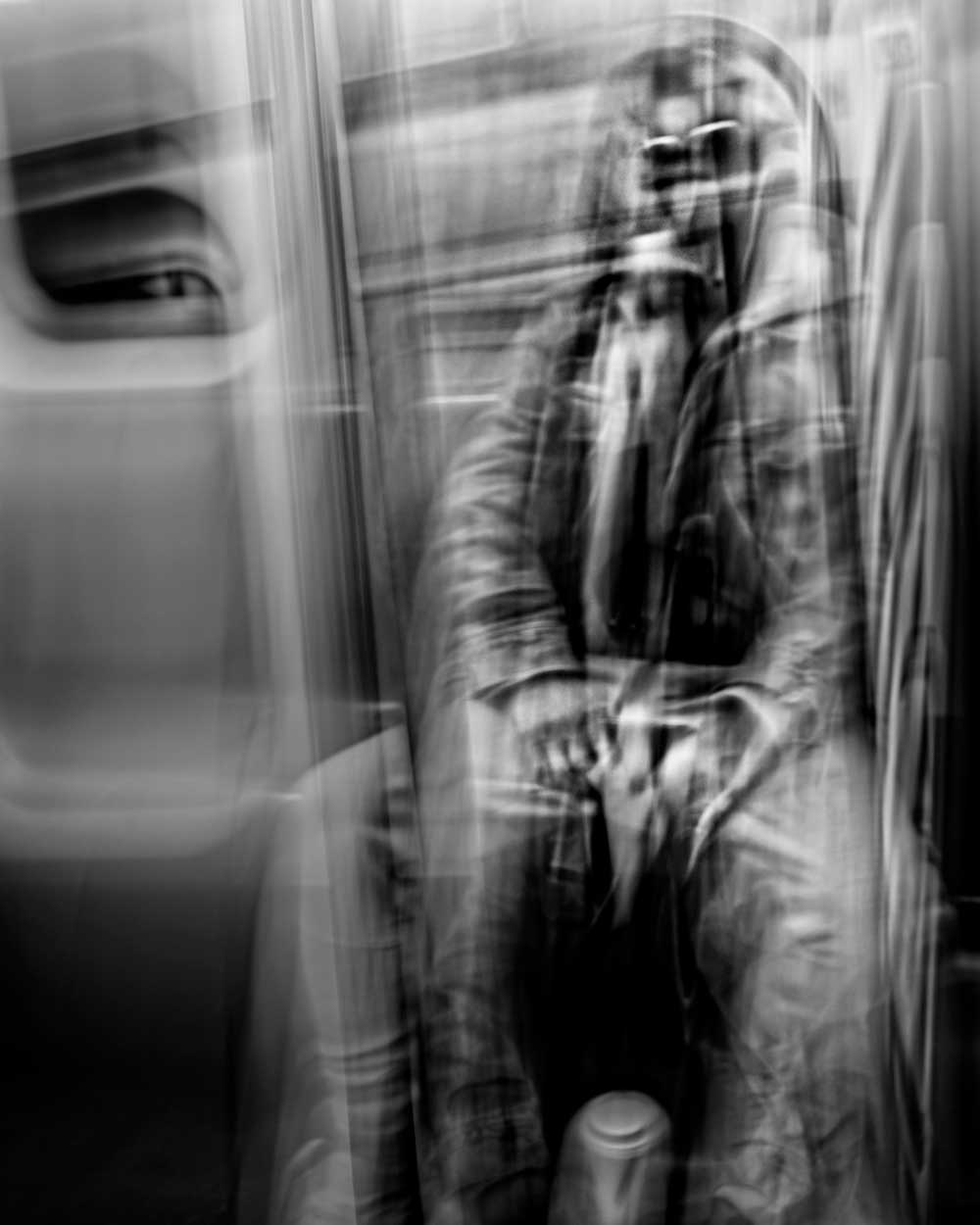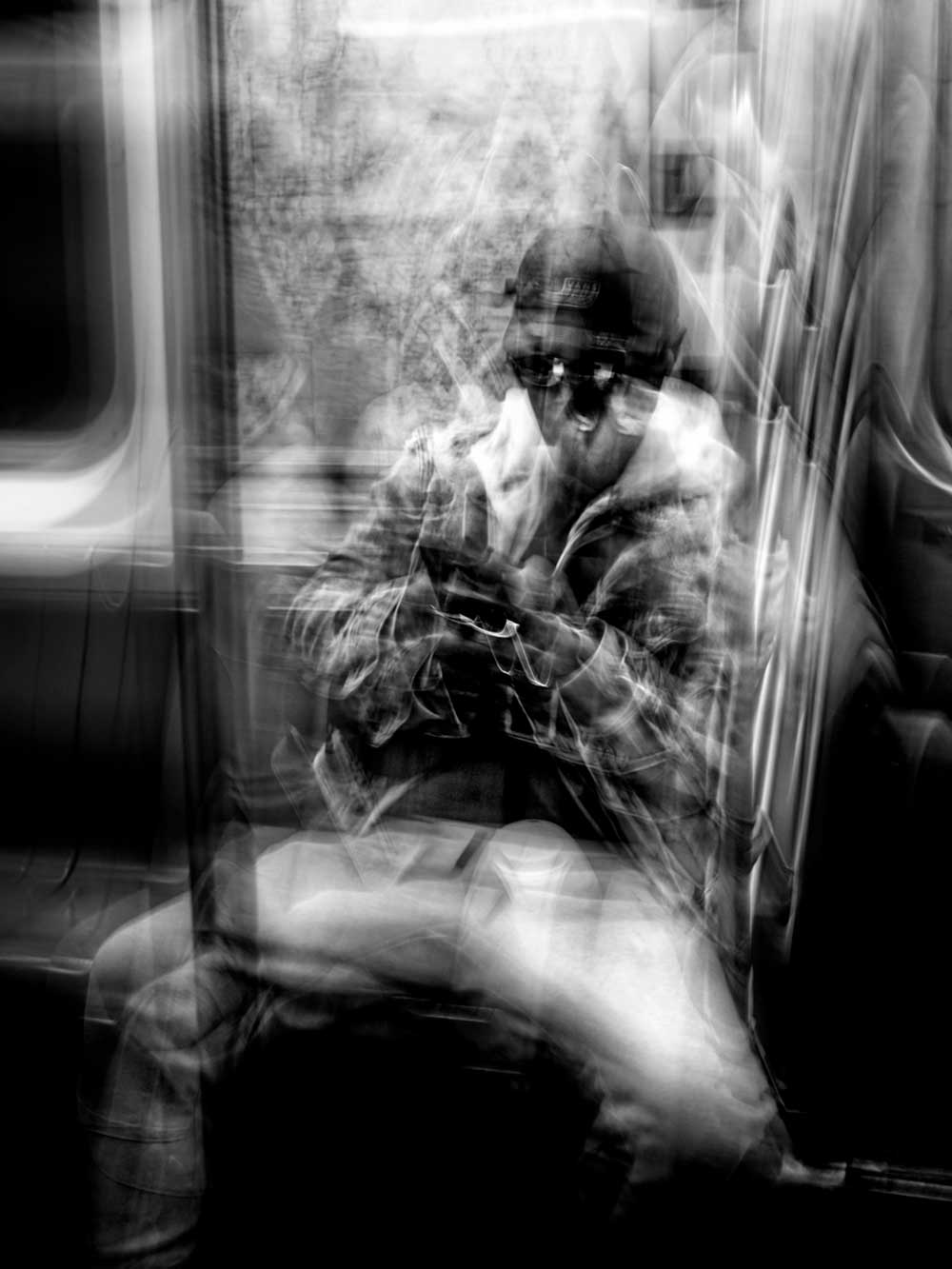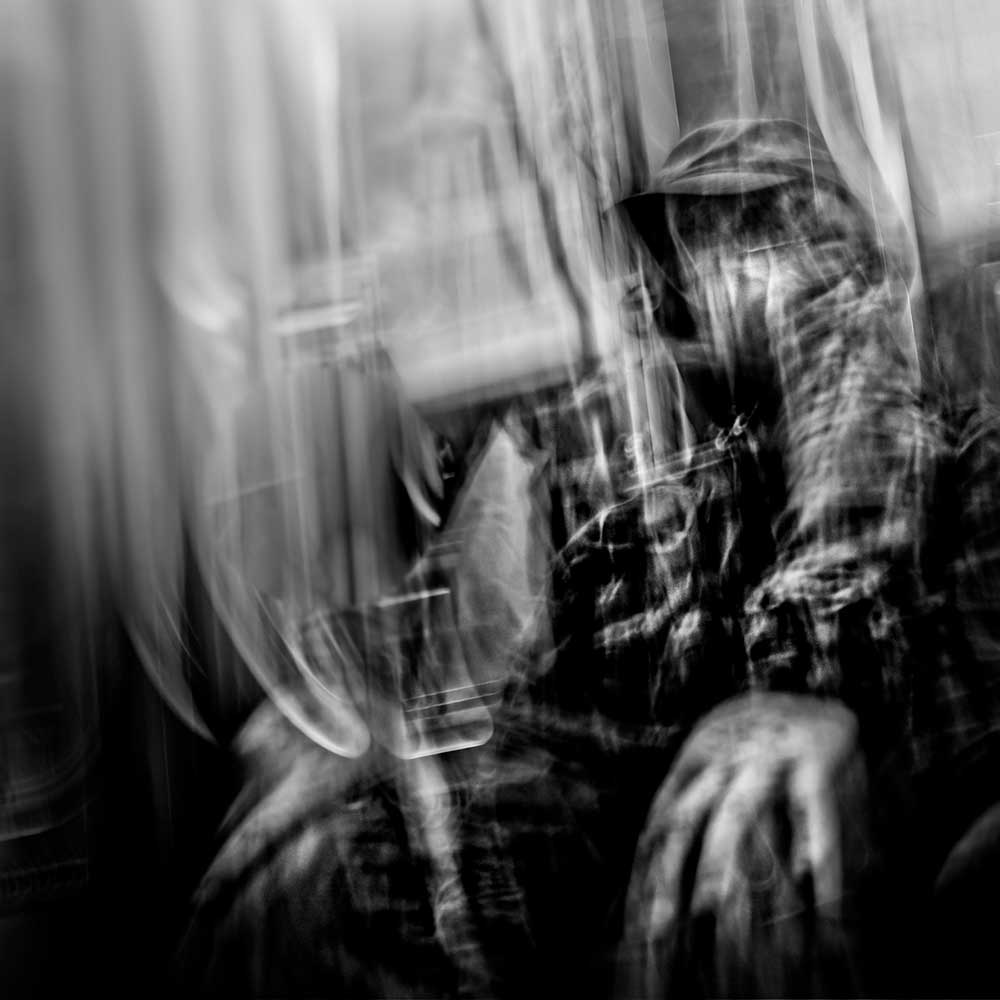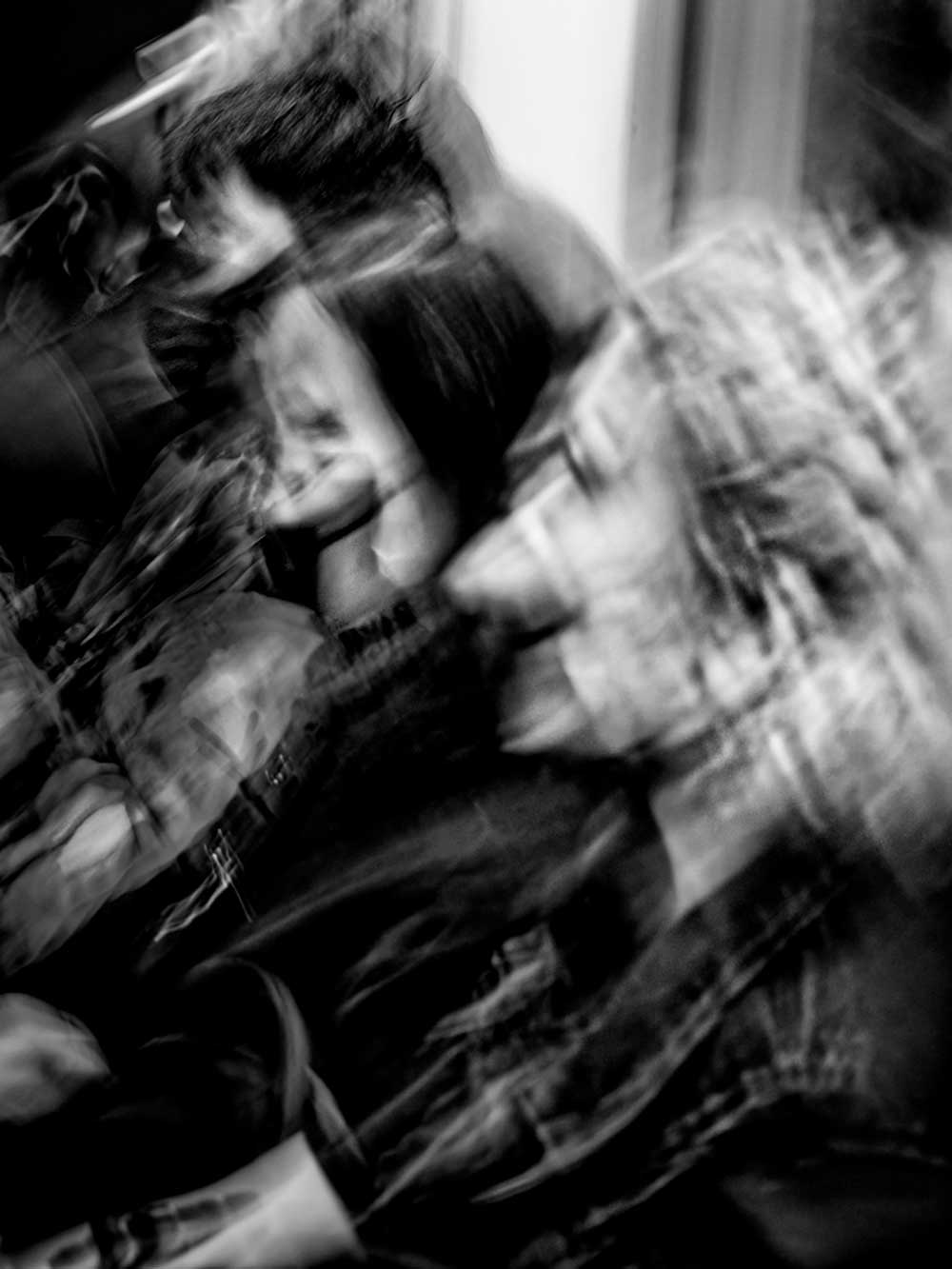This series of images delves into the depths of Carl Jung’s concept of the collective unconscious, illuminating the shadows that dwell within us all.
Captured in the bustling environment of New York City’s subway system, these photographs embody symbolic representations of our nightmares and the hidden fears that often linger beneath the surface of our consciousness. The subway, a labyrinthine underground world teeming with life, serves as a powerful metaphor for the internal struggles we face—those aspects of ourselves that we might prefer to keep buried.
The subway is not merely a mode of transportation; it is a microcosm of urban life, where diverse narratives intersect and the collective human experience unfolds. In this confined space, individuals from various backgrounds share a fleeting moment, often lost in their thoughts or absorbed in their devices. Yet, beneath this veneer of normalcy lies a wealth of unspoken fears and desires. Each photograph in this collection captures the essence of this complexity, revealing not just the external environment, but also the internal landscapes of anxiety and unrest that accompany us in our daily lives.
In this collection, each photograph emerges as a haunting vignette, presenting figures that are both enigmatic and laden with dark, almost spectral forces. The imagery evokes a sense of unease, compelling viewers to confront their own shadows. As we grapple with the complexities of our lives, these figures symbolize the multifaceted nature of our identities—how we present ourselves in public often contrasts starkly with our private fears and insecurities. The photographs are imbued with a psychological depth that encourages introspection, inviting us to explore the darker corners of our psyche.
The subway environment amplifies these themes. It is a place where individuals are physically close yet emotionally distant, navigating their own inner turmoil while surrounded by strangers. This paradox of anonymity and intimacy fosters a unique atmosphere where fears can manifest. The photographs reflect this dynamic, capturing the disquieting energy that permeates the subway—a setting that mirrors our subconscious struggles. The images do not merely depict the subway’s physical space; they evoke a palpable sense of anxiety and discomfort, urging viewers to engage with their own hidden fears.
As one navigates through this visual journey, it becomes clear that these photographs are not simply artistic expressions; they are psychological reflections that raise profound, unresolved questions. What do these distorted figures reveal about our own suppressed emotions? How do our individual experiences of fear manifest in the collective spaces we inhabit? The unsettling nature of the images, of twisted and deformed figures, serves to evoke deep feelings of dread and introspection. They challenge us to reflect on our discomfort, pushing us to examine the narratives we construct around our fears.
Importantly, it is crucial to note that these photographs are entirely unaltered; they arise from the chance encounters of camera movement, underscoring the spontaneity of our subconscious. Each image represents a fleeting moment captured in time, revealing the unpredictable nature of our psyche. Just as the subway is an unpredictable microcosm of urban life, so too is our inner world—filled with unexpected encounters and unresolved tensions. This randomness reflects the chaotic essence of our emotions and thoughts, suggesting that the most profound insights often emerge from moments of chance.
The psychological underpinnings of this work highlight the necessity of confronting our fears and exploring our inner darkness. Jung posited that acknowledging these shadow aspects is vital for personal growth and self-awareness. By shining a light on the darker corners of our consciousness, we can uncover valuable insights that can transform our waking lives. The act of viewing these images becomes a mirror reflecting our own complexities, urging us to confront the very parts of ourselves we often shy away from. This process of self-examination is crucial for fostering emotional resilience and understanding the multifaceted nature of human experience.
This exploration is particularly relevant in a city as vibrant and chaotic as New York, where the subway acts as a shared conduit for diverse individuals, each carrying their own burdens and secrets. The juxtaposition of anonymity and intimacy in this environment amplifies the experience of shared human fears and desires. Within the crowded trains and dimly lit platforms, the essence of collective anxiety is palpable, allowing for a profound connection to the images presented. The subway not only serves as a backdrop but also embodies the collective narrative of urban life, echoing the inner dialogues we seldom voice.
Moreover, the subway can be viewed as a stage where our fears play out in real-time. The hurried commuters, the strange encounters, and the palpable sense of urgency all contribute to a narrative of existential anxiety. This environment prompts questions about identity, belonging, and the masks we wear in our daily interactions. As we confront these images, we are not only looking at distorted figures; we are peering into the collective fears that permeate our society, from isolation to existential dread.
In conclusion, “Shadows Beneath the Surface” invites viewers not only to observe but to reflect deeply on their own psychological landscapes. Each photograph acts as a catalyst for introspection, encouraging an engagement with the shadows that reside within. This visual journey compels us to acknowledge the darker aspects of our being and ultimately suggests that true understanding lies in the willingness to confront our inner demons. As we delve into these mysteries, we may find that the path to self-discovery is illuminated by the very shadows we seek to evade. Through this exploration, we can begin to understand not only ourselves but also the complex web of human experiences that connects us all, fostering a greater sense of empathy and awareness in an often chaotic world.
About Charles Birnbaum
Charles Birnbaum is a self-taught photographer with a BFA in ceramics from the Kansas City Art Institute. Throughout most of his artistic career, he has focused on creating and exhibiting award-winning sculptures. However, during the pandemic, he returned to photography as a means of expressing the turmoil of those unsettled times. His photographic journey quickly gained recognition, culminating in a 3rd prize win in Still Life at a 2020 international competition. In 2021, his work was showcased in 15 exhibitions, and between 2023 and 2024, he has been featured in 16 exhibitions both in the U.S. and abroad. Charles’s photographic works have garnered numerous awards, reflecting his growing prominence in the field.
His sculptures are part of several prestigious private and public collections, including those of textile designer Jack Lenor Larsen, the Kapfenberg Cultural Center in Austria, design luminary Hilda Longinotti, former Everson Museum of Arts Director Ronald Kuchta, and the MoMCA Museum in Mino, Japan. [Official Website]



